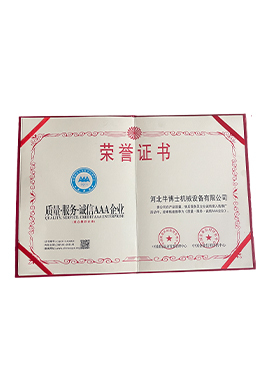small rice harvester
The Rise of Small Rice Harvesters Revolutionizing Agriculture
In recent years, the agricultural industry has witnessed an incredible transformation, particularly in rice production. One of the most significant advancements is the development of small rice harvesters, which are changing the landscape of rice farming. These compact machines are designed to meet the needs of smallholder farmers, facilitating the harvesting process and enhancing overall efficiency.
Traditionally, rice harvesting has been a labor-intensive task, often requiring the efforts of many workers over several days or weeks. Farmers would rely on manual labor or larger, more expensive machines that were often impractical for small fields. This not only increased labor costs but also limited accessibility for many farmers, especially in developing countries where resources are scarce. However, the emergence of small rice harvesters has provided an innovative solution to these challenges.
Small rice harvesters are compact, lightweight, and affordable alternatives to larger farming equipment. Typically, these machines are capable of harvesting rice with minimal damage to the crop and can operate in wetlands where larger machinery would have difficulty. This adaptability has proven essential in regions where rice is often grown in small plots, making it easier for farmers to manage their lands efficiently. The reduction in labor time and the ability to harvest crops more quickly means that farmers can also optimize their production cycles, allowing them to focus on other critical agricultural tasks.
small rice harvester

Moreover, these small harvesters contribute to increased productivity. With their advanced technology, many small rice harvesters are equipped with features that enhance harvesting efficiency, such as better cutting mechanisms and efficient grain separation systems. As a result, farmers can achieve higher yields and reduce post-harvest losses, which is crucial in a world facing food security challenges. This improvement not only benefits individual farmers but also contributes to the overall stability of local economies.
Furthermore, small rice harvesters are often designed with sustainability in mind. Many models are fuel-efficient and are being developed to run on renewable energy sources, reducing the carbon footprint of rice farming operations. This aligns with global efforts to promote sustainable agricultural practices, which are vital in combating climate change and ensuring long-term food security.
The accessibility of small rice harvesters has also fostered a sense of community among farmers. By sharing resources and knowledge about these machines, farmers can collaborate to enhance their productivity and sustainability practices. Many agricultural extension programs and NGOs have recognized the potential of small rice harvesters and are providing training and support to farmers, ensuring they can maximize the benefits these machines offer.
In conclusion, the advent of small rice harvesters marks a significant step forward in the modernization of agriculture. These machines are not only reshaping rice harvesting practices but are also enabling smallholder farmers to become more productive and sustainable. As technology continues to advance, it is essential to support these developments, ensuring that farmers around the world can thrive in an ever-changing agricultural landscape. With small rice harvesters, the future of rice farming looks bright, promising improved efficiency, sustainability, and enhanced livelihoods for farmers everywhere.
Latest news
-
When to Upgrade Your Old Forage HarvesterNewsJun.05,2025
-
One Forage Harvester for All Your NeedsNewsJun.05,2025
-
Mastering the Grass Reaper MachineNewsJun.05,2025
-
How Small Farms Make Full Use of Wheat ReaperNewsJun.05,2025
-
Harvesting Wheat the Easy Way: Use a Mini Tractor ReaperNewsJun.05,2025
-
Growing Demand for the Mini Tractor Reaper in AsiaNewsJun.05,2025
